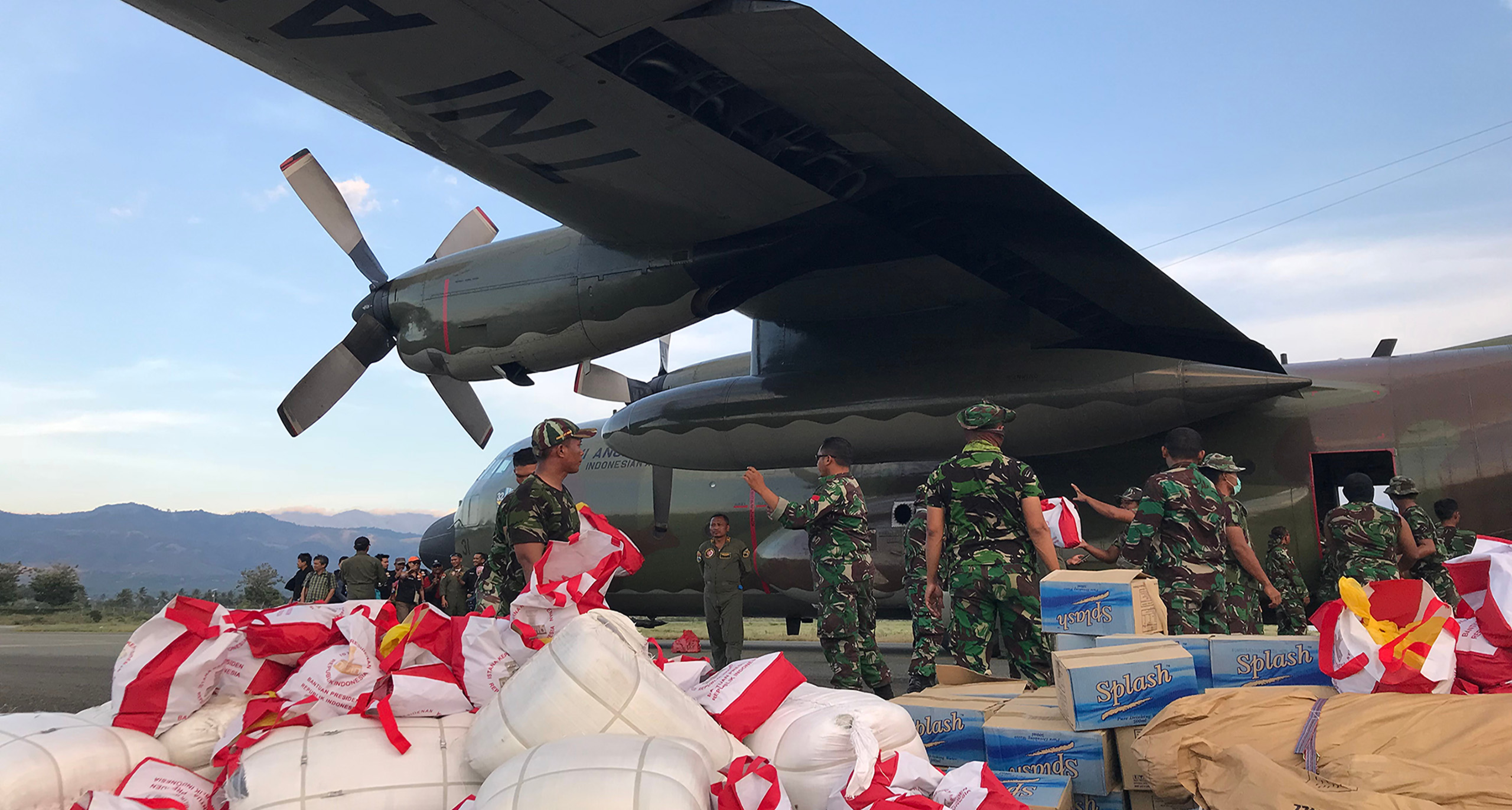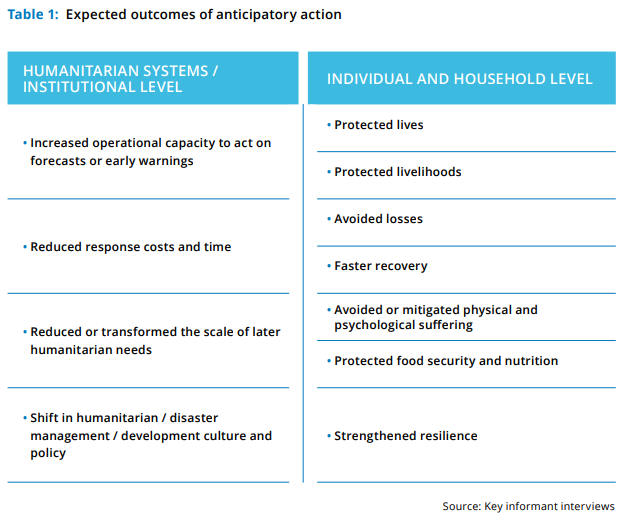The applicability of anticipatory action against future crises

Volunteers and soldiers worked together to distribute aid to victims of the earthquake and tsunami in Palu, Central Sulawesi, Indonesia.
Photograph By Dharma Kurniawan (Shutterstock, 2018).
The applicability of anticipatory action against future crises
As humanitarian disasters continue to increase, so does the demand for aid. In 2019, it was reported there was a 40% shortfall in funding for the humanitarian sector, funding which is crucial in supporting the 131.7 million people requiring humanitarian assistance in the same year (ReliefWeb, 2019). This gap in funding highlights a need for an alternative approach. – One which can maximize positive action whilst doing so within the boundaries of the resources available. Humanitarian action is often deployed following a crisis, despite warning signs, which sometimes signal the approaching disaster. This post-crisis response is attributed to multiple factors; bureaucracy, access to funds, and the political landscape (Pitchon, 2019). (Weingärtner et al, 2020). This shows a promising move in the right direction for the deployment of sustainable humanitarian aid, where anticipatory action can become more widely implemented, and be used to better support people across the globe.
(Weingärtner et al, 2020). This shows a promising move in the right direction for the deployment of sustainable humanitarian aid, where anticipatory action can become more widely implemented, and be used to better support people across the globe.
- The system is typically set in motion when humanitarian needs can be quantified, rather than when alerts are raised. Although timeliness is a key criterion of humanitarian effectiveness, evaluations rarely lay out timelines between when leading indicators or forecasts began signalling a deteriorating situation and when humanitarian support reached the people affected (Pitchon, 2019).
 (Weingärtner et al, 2020). This shows a promising move in the right direction for the deployment of sustainable humanitarian aid, where anticipatory action can become more widely implemented, and be used to better support people across the globe.
(Weingärtner et al, 2020). This shows a promising move in the right direction for the deployment of sustainable humanitarian aid, where anticipatory action can become more widely implemented, and be used to better support people across the globe.
Article by
Costadina Tsoukala-Steggell

Categories


